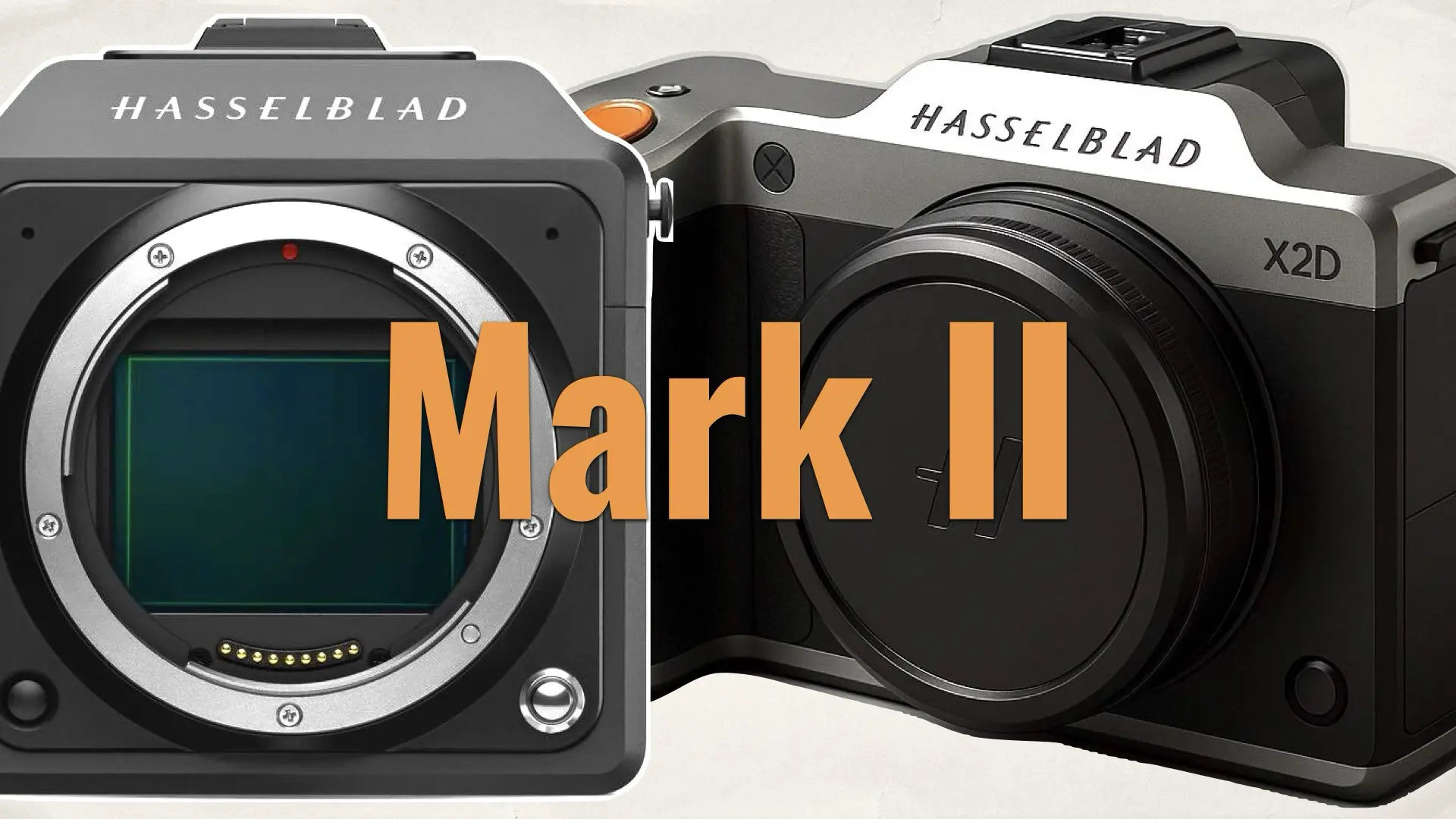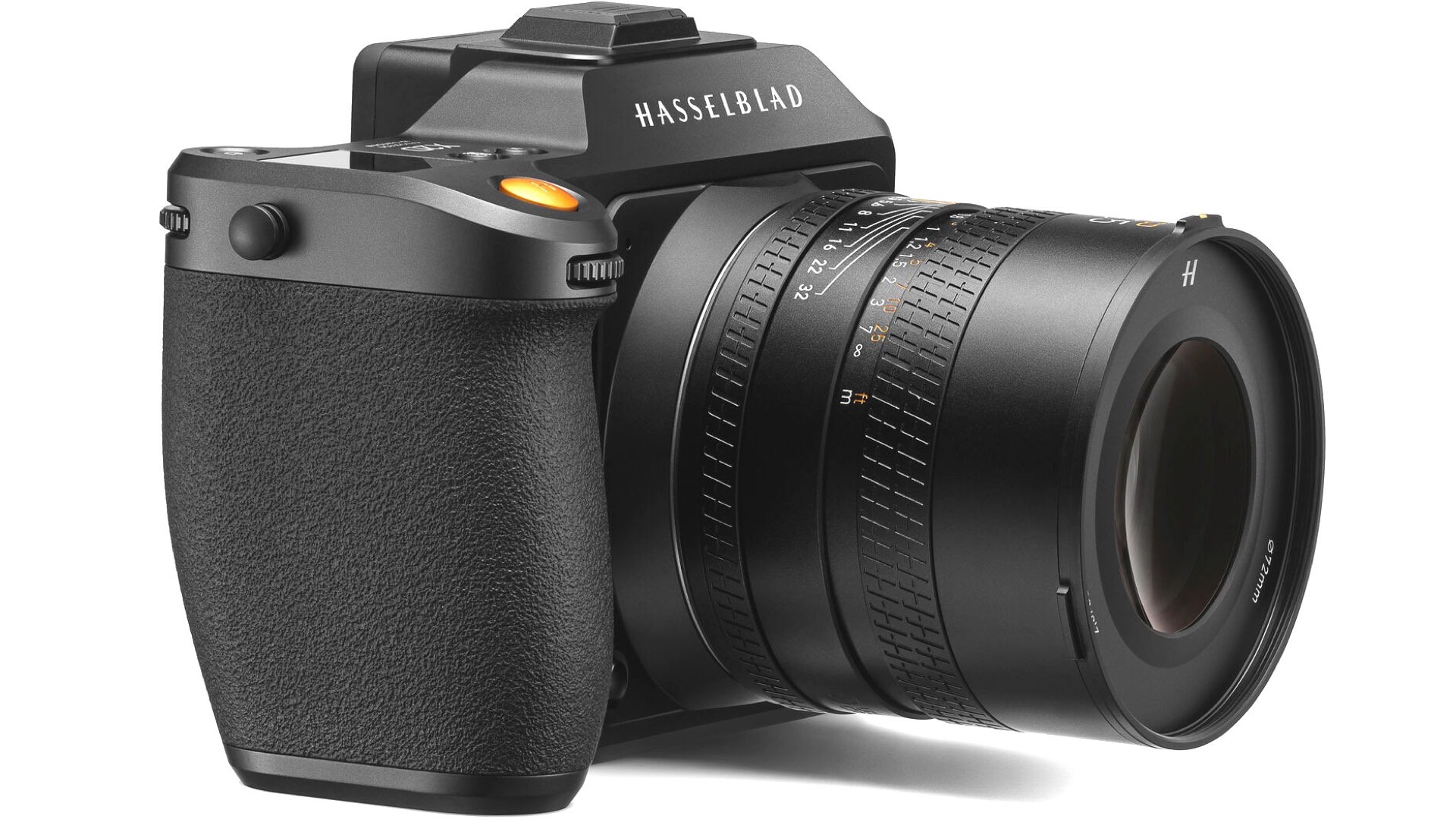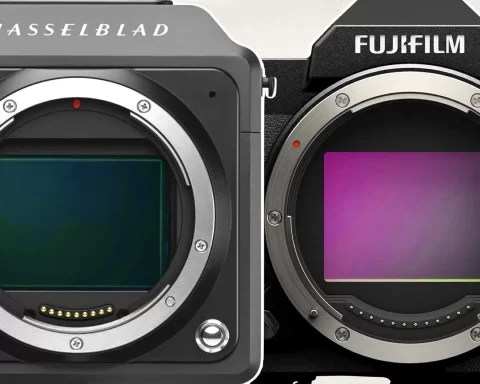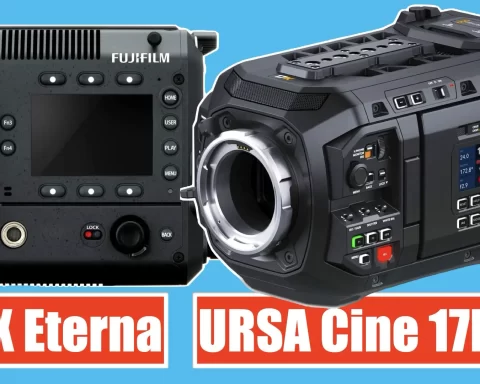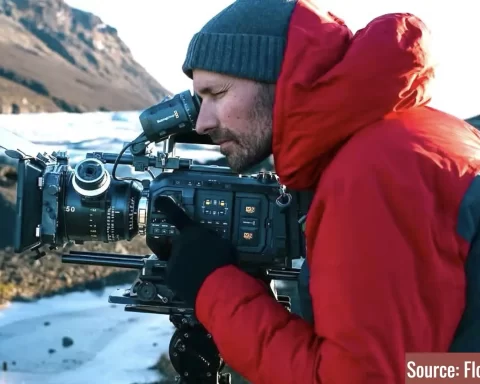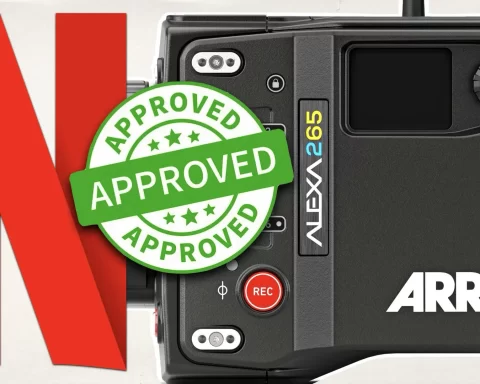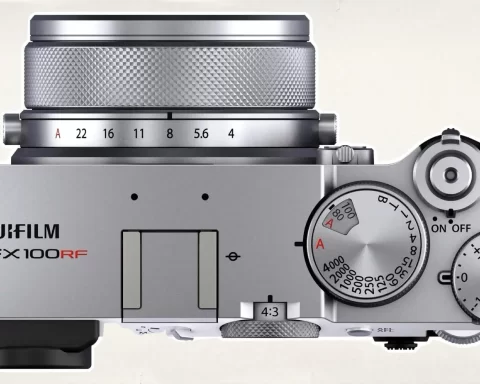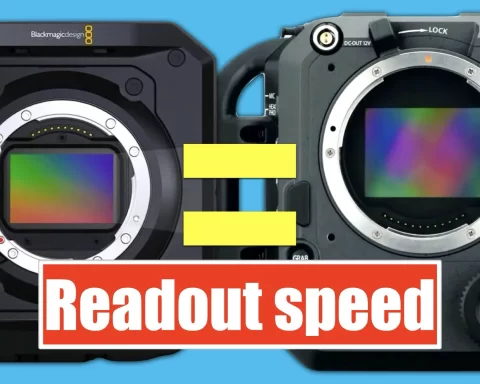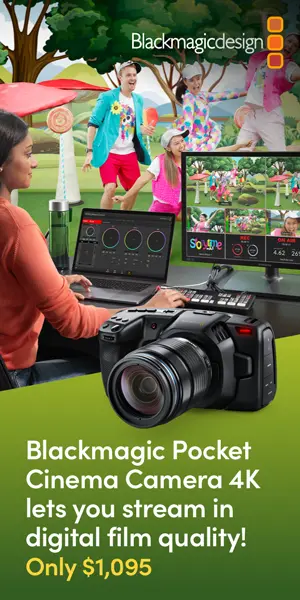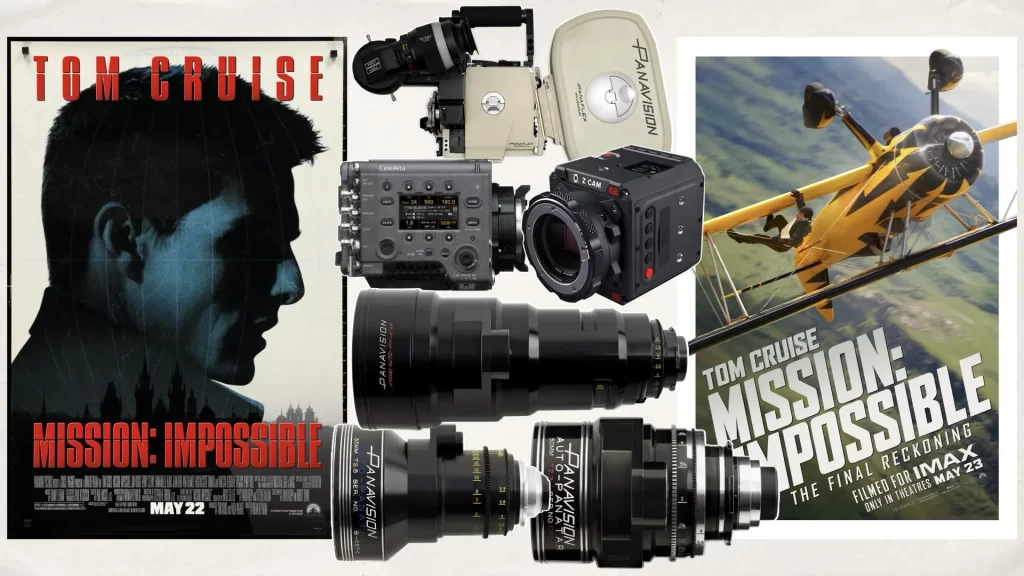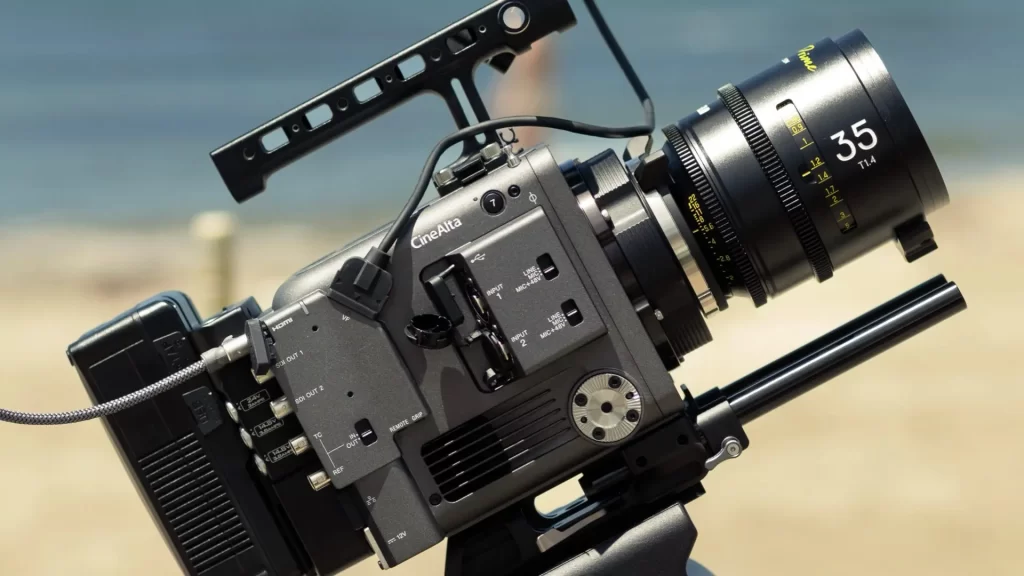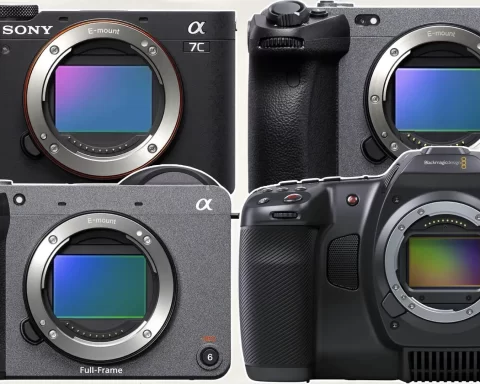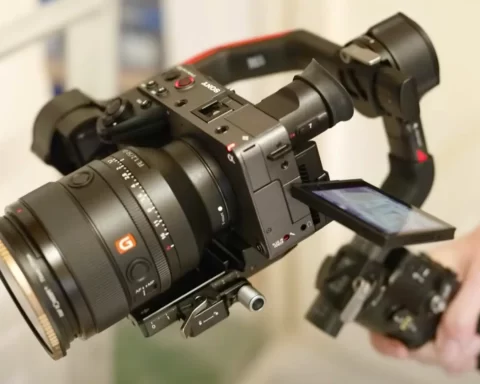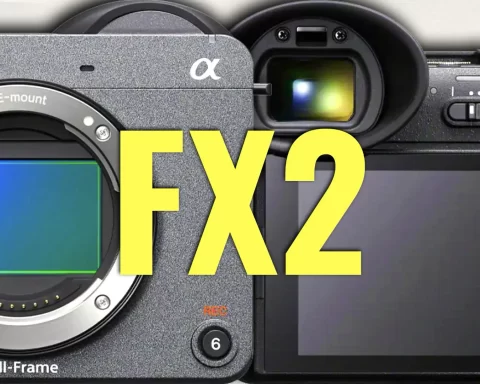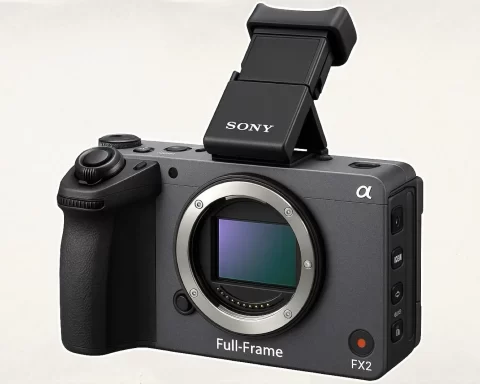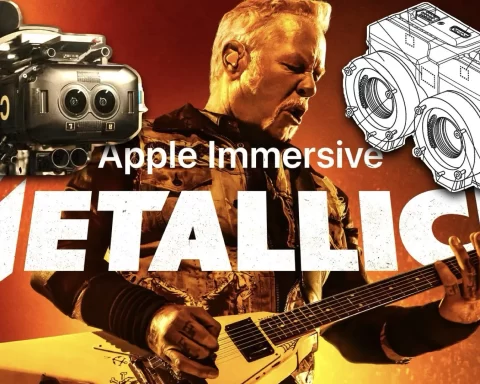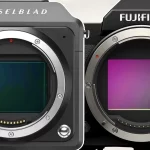Hasselblad’s next-generation medium format mirrorless camera—internally codenamed HB722—has just leaked. Dubbed the Hasselblad X2D Mark II, this highly anticipated sequel to the beloved X2D 100C brings a host of upgrades: a new 100MP CMOS sensor, 16-bit color depth, a powerful 5-axis IBIS system, face detection, and the acclaimed Hasselblad Natural Colour Solution (HNCS). But the most tantalizing question remains: will this camera finally offer video capabilities?
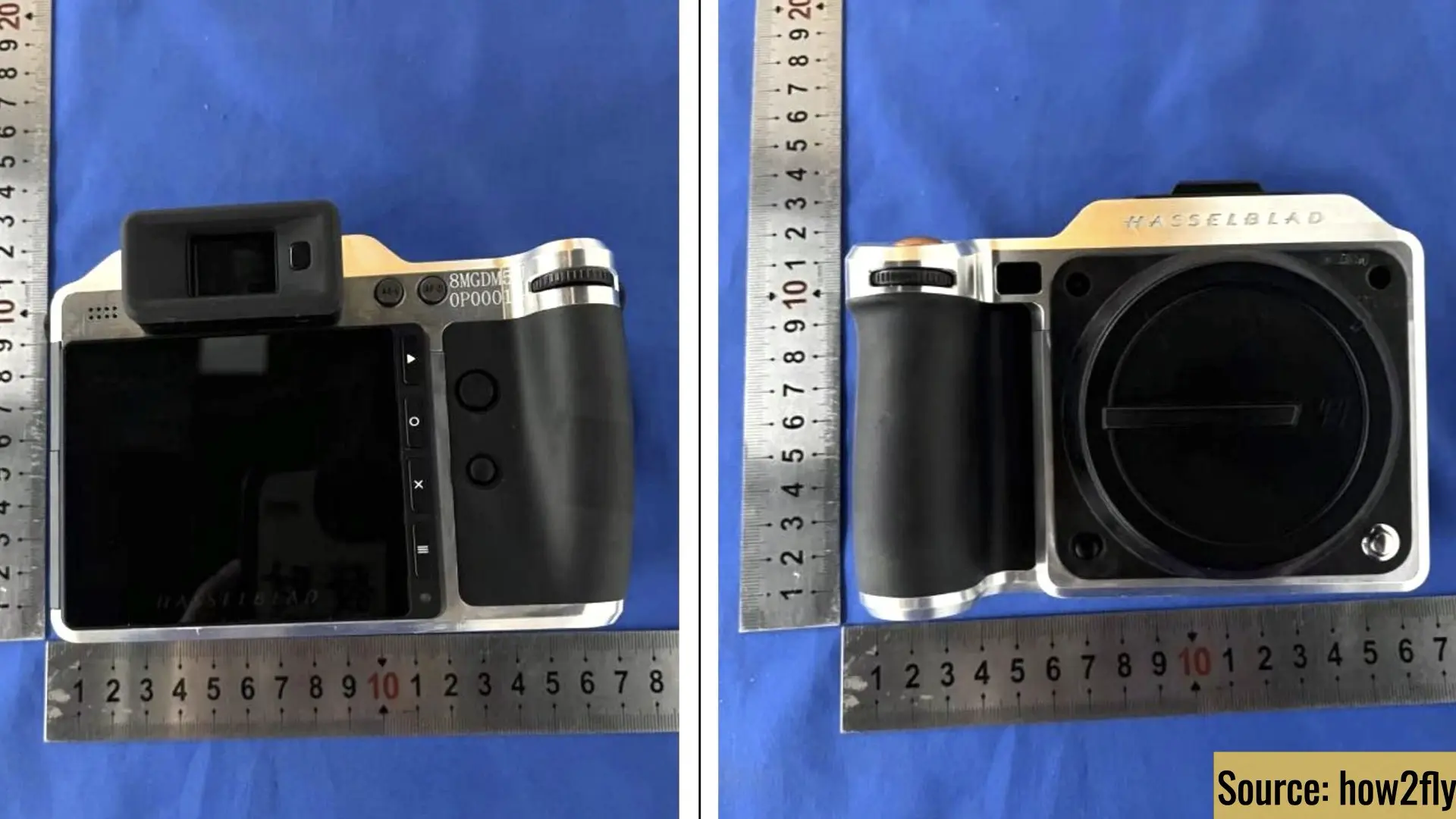
Hasselblad and the Video Debate
To understand the weight of this speculation, we must revisit the history of Hasselblad’s digital offerings—especially the controversial decision to omit video recording from the X2D 100C. As explored in Hasselblad Releases an $8,200 Camera Without Video Capabilities: Why?, the absence of video was not a technical oversight but a philosophical stance. Hasselblad chose to prioritize pure still photography in a world obsessed with hybrid shooting. But that world has changed. Competing systems, like the Fujifilm GFX100 II, have demonstrated that medium format and high-end video aren’t mutually exclusive. Even smartphones now boast computational 4K and 8K video tools. In that context, Hasselblad’s silence on video has started to feel like a strategic disadvantage.
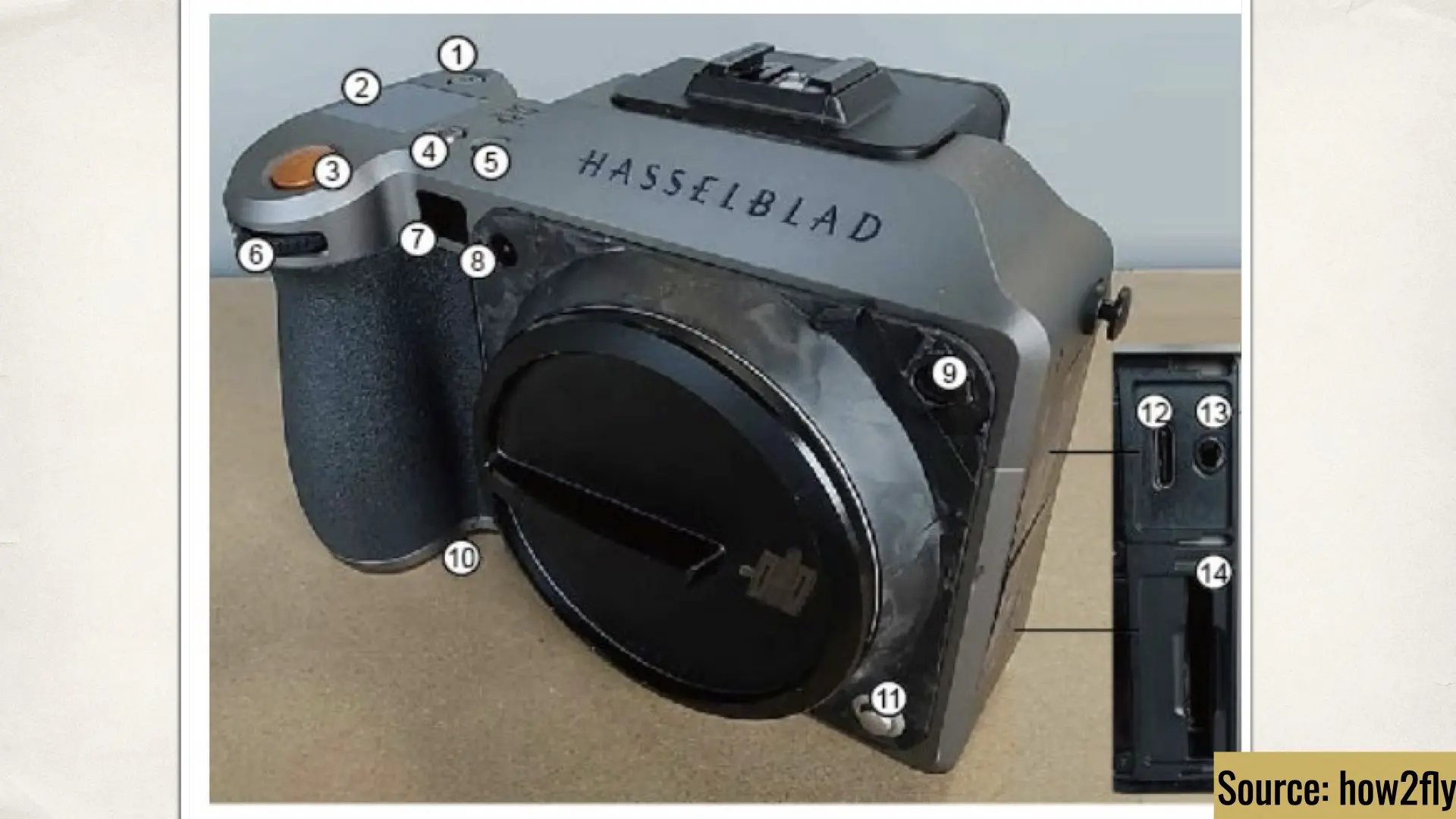
HB722 Leak Analysis: Signs of Change
The leaked specs of the HB722, if accurate, may signal that change is in the air. Here’s what we know:
-
100MP medium format CMOS sensor
-
16-bit color and 15 stops of dynamic range
-
5-axis, 8-stop in-body image stabilization (IBIS)
-
Face detection and LiDAR-based autofocus
-
Built-in 1TB SSD + CFexpress Type B slot
-
HNCS color science
The highlight here, and perhaps the biggest clue toward video capabilities, is the addition of a LiDAR-based AF system.
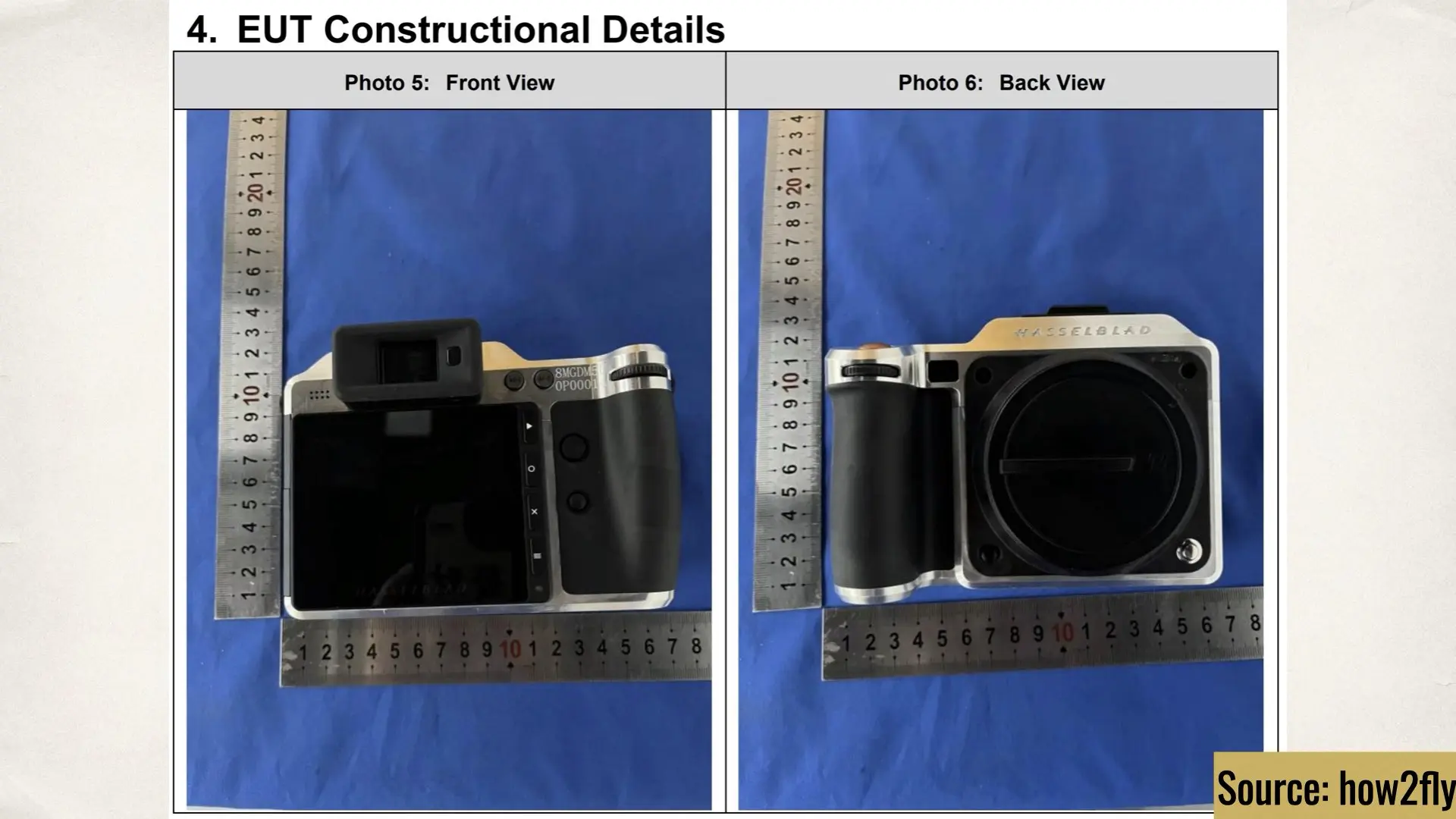
The move to integrate LiDAR in the HB722 suggests that Hasselblad is preparing this camera for more than just stills. LiDAR-enhanced AF systems are arguably overkill for still photography alone. Their utility truly shines in dynamic shooting environments, where continuous autofocus and subject tracking are essential—core features of professional video production.
LiDAR: More Than Just Autofocus
LiDAR is not just a buzzword—it’s a powerful technology typically associated with precise subject tracking and real-time depth mapping, particularly useful in video. Apple’s iPhones, for instance, use LiDAR to boost cinematic autofocus and AR. The move to integrate LiDAR in the HB722 suggests that Hasselblad is preparing this camera for more than just stills. LiDAR-enhanced AF systems are arguably overkill for still photography alone. Their utility truly shines in dynamic shooting environments, where continuous autofocus and subject tracking are essential—core features of professional video production. If Hasselblad were to maintain a stills-only stance, the decision to add such a system would seem both costly and unnecessary. Therefore, the inclusion of LiDAR in the HB722 seems to strongly imply a potential video mode, or at least a future firmware pathway toward one.
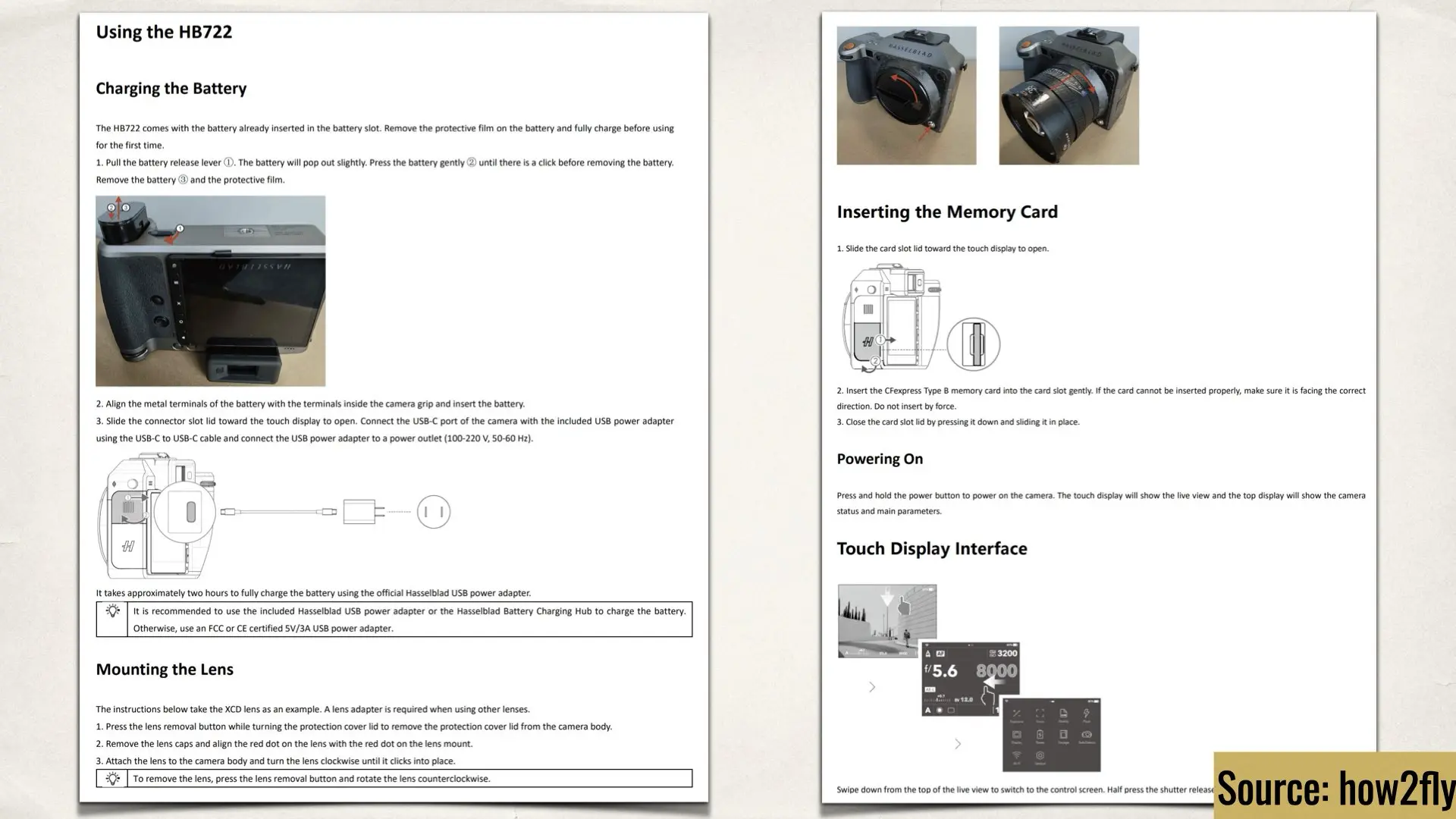
Hardware That Screams Video Potential
Beyond LiDAR, the leaked specs tell a story of a body built for robust video performance:
-
1TB Internal SSD: Ideal for high-bitrate recording (think ProRes RAW or BRAW).
-
CFexpress Type B Slot: Supports fast, sustained write speeds essential for 4K+ recording.
-
IBIS: Crucial for handheld video stabilization.
-
HNCS & 16-Bit Color: A color pipeline that would be overqualified for JPEGs alone.
-
Face Detection: A hint toward subject-aware AF in motion, not just portraits.
In short, the infrastructure is already there.
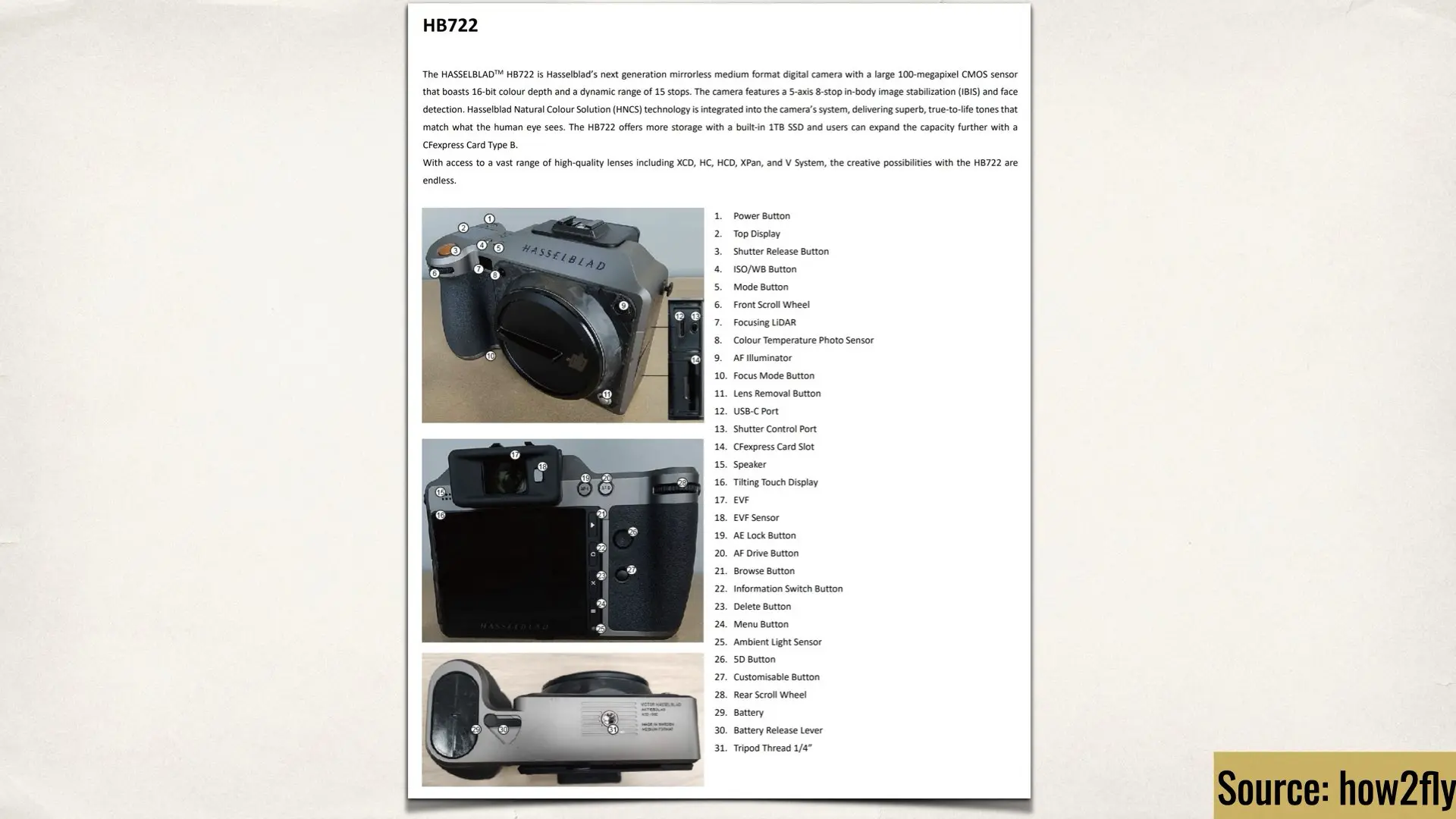
Market Context and Competitive Pressure
Hasselblad is no longer operating in a vacuum. As analyzed in Understanding the Current Medium Format Camera Deals on Amazon, the medium format sector is increasingly crowded—and increasingly hybrid. Fujifilm, in particular, has proven that large sensors and high-end video can coexist beautifully, with filmmakers now embracing medium format as an aesthetic choice for narrative content. Hasselblad, with its storied legacy and premium build, could be well-positioned to enter this space. But only if it embraces hybrid features, starting with video. While there’s no official confirmation yet, the writing is on the wall—or perhaps, in the leaks. The HB722/X2D Mark II appears to be the most video-ready Hasselblad camera ever created. If the company decides to flip that switch, it could finally merge its legendary image science with modern cinematography workflows. And if it doesn’t? Hasselblad may once again risk being labeled as “luxuriously outdated.”
Here are the featured products and where you can buy them:

